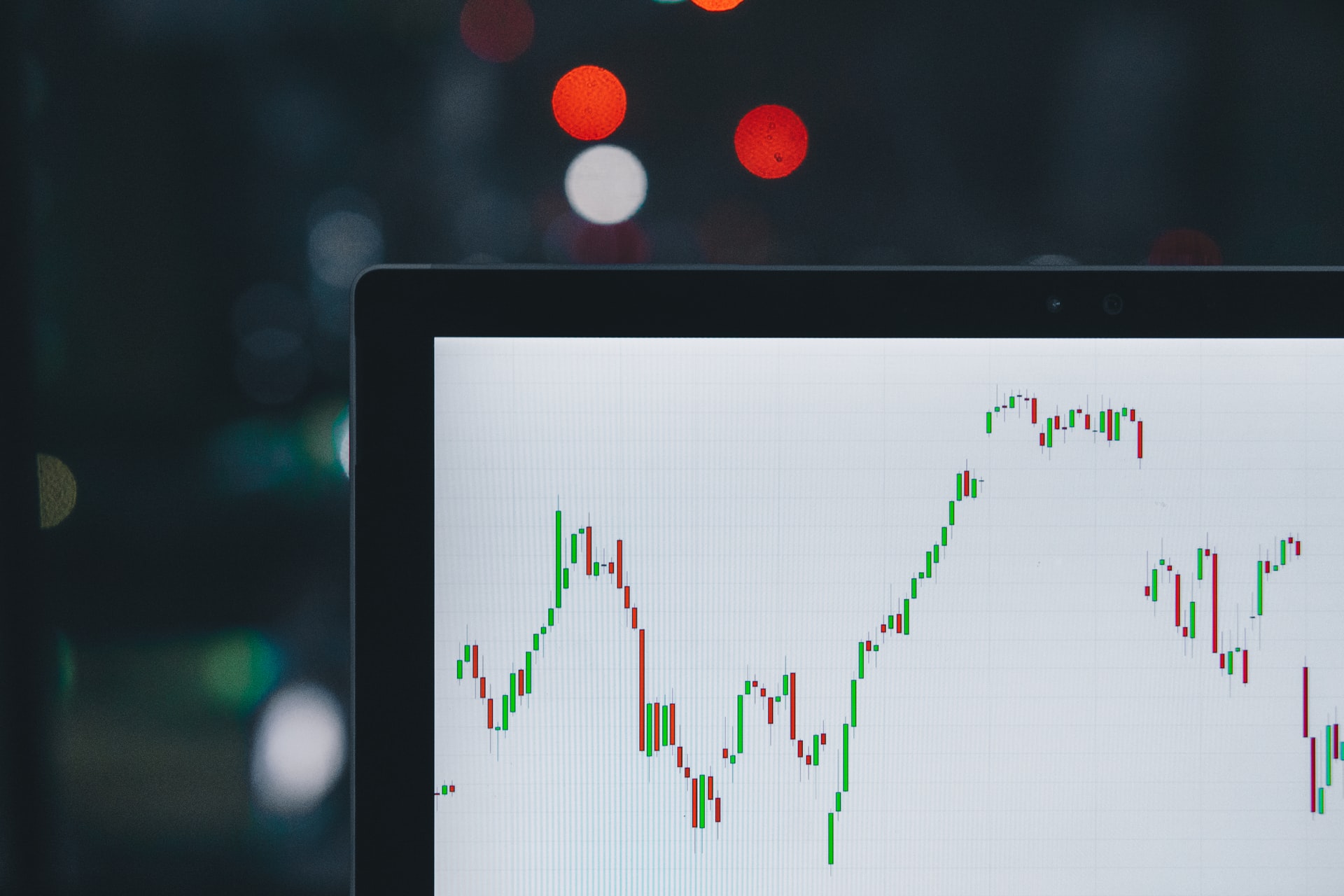If you are new to the stock market, you may be wondering how to understand stocks. There are many things to learn before jumping in, such as Intrinsic value, Trading volume, and EPS. These four key factors should guide you through the stock market and help you decide whether to buy or sell. The lines of support and resistance are subjective. You may not draw as many as others, depending on your time horizon. The first line of support is line A.
Instantly register on the Bit Profit official website to earn daily profits and trade cryptocurrencies by using the Bit Profit app.
Table of Contents
Dividends
To understand dividends, investors must first learn the definition of a dividend, as well as its tax, yield, allowances and regulations. Dividends are paid by companies to stockholders as a return of their investment, and it can make investing in stocks more appealing if they are yielding a good rate. Dividend calendars are available for various companies by market capitalization. Using a dividend calendar will allow you to search for stocks that are expected to pay a high dividend.
Dividend payments are received through brokerage accounts and are generally spent or reinvested as you see fit. If you buy more shares of the same stock, you can reinvest your dividend payments in that particular company. Some companies offer dividend reinvestment plans that allow investors to automatically invest their dividend payments and buy additional stock at discounted prices. You may be able to take advantage of such a plan through your brokerage or the company holding your stock.
Intrinsic value
Intrinsic value is the difference between the market price of a stock and the true worth of the company. Generally, this value is calculated using discounted cash flow analysis, which values a business today on the basis of its potential for future profitability. In other words, if a company is valued at $10, it is worth more than that price. The same applies to other types of valuation methods. For example, if a company is valued at $15, it is worth about $3 less than its present value. But if it drops to $10, it’s still worth about 35 percent more.
Some investors will act on a hunch and base their purchase on price action, while others may base their decisions on hype. While these approaches can be very effective in certain circumstances, they may not be applicable to all types of assets. For example, markets trade in currencies, commodities, and metals. However, gold is not a company and doesn’t pay dividends or earn income. Therefore, the value of gold can be estimated using technical analysis.
Trading volume
To better analyze stock price movement, traders need to know how to understand trading volume in stocks. High volume does not guarantee a price move in a given direction, but it does mean that there is more liquidity in the market. Higher volume indicates a smoother movement of stock prices. For example, if a stock trades twice an hour, its volume might move $10 per trade. A trader watching the stock prices would see a gradual increase in its price.
The average daily trading volume of a stock can give a lot of information about the trend in that particular stock. If the volume is significantly higher than the average daily volume, that is a sign that something is going on. Traders can use volume as a signal to decide when to invest in a stock. Depending on your approach, you may choose to use different indicators. Whether you use the same indicator or combine them all will depend on your individual investment strategy.
EPS
If you’re an investor looking for the best investments, you’ve probably heard of EPS. The company’s earnings per share (EPS) is a critical indicator of its financial stability. In some industries, EPS isn’t a major factor in determining a company’s value. This is why comparing EPS to other companies in the same sector is an important part of value investing. In addition to providing investors with a glimpse into the health of a company, it can also help you avoid falling into a value trap, which occurs when a company’s earnings per share are low enough that it’s too cheap to make any profit.
EPS can provide valuable information, but it can also be manipulated, either intentionally or unintentionally. Because EPS is subject to manipulation and can be manipulated, analysts typically use variants of the basic formula. One example is a company with two cellphone screen factories. The land on one of those factories becomes extremely valuable over time. The company then decides to sell the land and build on another less valuable area. This results in a windfall profit for the firm.
Initial public offering
Before investing in an IPO, you should know what to look for. Besides the initial price, you should also pay attention to the company’s management, the quality of its underwriters, and the details of the deal. Successful IPOs are often backed by big investment banks. Listed companies have a history of profitable operations. Underwriters’ recommendations are often based on that history. Investors are looking for a stable company with solid management, and a strong track record of success.
There are two kinds of underwriting arrangements. Underwriting companies are paid a fee if they generate interest in the securities that are offered. Often, the issuer receives a standby commitment, in which the underwriter is committed to buying shares that don’t sell in the IPO. The fee paid to the underwriter is more than the fee received for its best efforts commitment. In addition, the underwriter must be registered by the issuer in order to sell the securities.
